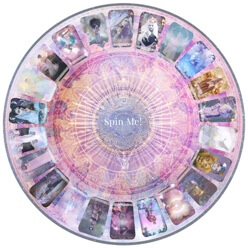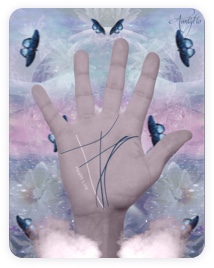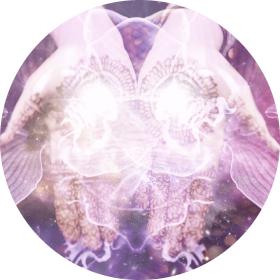Mistletoe

Uncover Hidden Flowers meanings
It is a common tradition and belief that you can and should kiss underneath mistletoe.
This idea came from the Nordic legend about the goddess of love and beauty. An arrow made of mistletoe almost killed a certain Balder saving the goddess Freyja, after which she promised that a kiss will be bestowed on anyone passing under a mistletoe. She made this promise in gratitude as her tears became mistletoe berries. This is where the Christmas song “I saw mommy kissing Santa Clause underneath the mistletoe” got the idea.
The mistletoe is also regarded as a plant of peace. It almost served as a white flag of surrender. Ancient warriors would pay honor when mistletoe is spotted in a forest. This behavior that is equivalent to a peace-loving attitude could be what is known and practiced today by kissing under mistletoe.
While the mistletoe also blooms in summer, it generates a poisonous berry, which is white in color, during winter. Used all the time as a holiday decoration, artificial berries are more often than not used to prevent people from being affected by the poison of the original white berries.
The Victorian meaning of mistletoe is kiss me, and not surprisingly, affection. Said to also surmount difficulties, the mistletoe thrives well as a parasitic plant.
For other people, the mistletoe is a symbol of freedom. It is neither tree nor shrub, and being an aerial plant it is free and has limitless capacity to grow.
- Name: Mistletoe
- Color: Yellowish-green in color, fruits are white
- Shape: Cylindrical stem and oval leaves, rounded at their tips
- Fact: All throughout the season of winter, the mistletoe maintains its fresh color. Its lifespan is approximately 70 years. Before it became the symbol of winter holidays, it was previously considered magical and was attributed to healing diseases and bringing good fortune and even fertility.
- The mistletoe is found on either shrubs or trees and shrubs as it is a kind of parasitic plant. The mistletoe gets all its nourishment from the plants grows on. All the food and water that it needs is absorbed from the host plant, hence these plants die out especially during winter.
- Poisonous: Yes
- Number of Petals: None
- Victorian Interpretation: Kiss me, Affection, to surmount difficulties, Sacred Plant of India
- Blossom Time: The Mistletoe appears late during autumn, followed by its fruits. In December, the mistletoe fruits are white in color.
- Superstitions: People are keen on the belief that when a sprig of mistletoe is hanging over our head, you are given the right to kiss someone who is with you at that place and time. Many folks also believe that the mistletoe is used to ward off evil spirits.
- The Shape: The cylindrical stem of the mistletoe comes in pairs which are thickened at the nodes. Its leaves are oval in shape which is almost rounded at its tip. The fruit of the mistletoe is like that of berries - rounded in shape.
- Petals: The mistletoe is a sprig of leaves that are always inter-node.
- Numerology: The name mistletoe is equivalent to the number 1 which is characterized as pioneering, leading and independent.
- Color: Mistletoes are yellowish green in color, with white fruit berries - making it a perfect holiday ornament during winter season.
- Herbalism and Medicine: The mistletoe is believed historically to cause fertility, while other herbalists used this as an antidote to poison. It is also believed that because the mistletoe has cytostatic properties, it can be a remedy for some types of cancer - slowing down growth of tumors and even stimulating the immune system.
This plant can also be ingredient to other remedies for arthritis, hypertension, rheumatism and epilepsy. It is amazing to find out that the mistletoe is antispasmodic, an excellent immune-stimulator, with a calming effect, a strong hypertensive and a diuretic medicine.
It is also good for nervous fits and dizziness, hysteria and hypertension, as well as easing disturbances like hiccups, digestive cramps, even gout and for treating convulsive cough and asthma.
By Florance Saul
Aug 21, 2012







